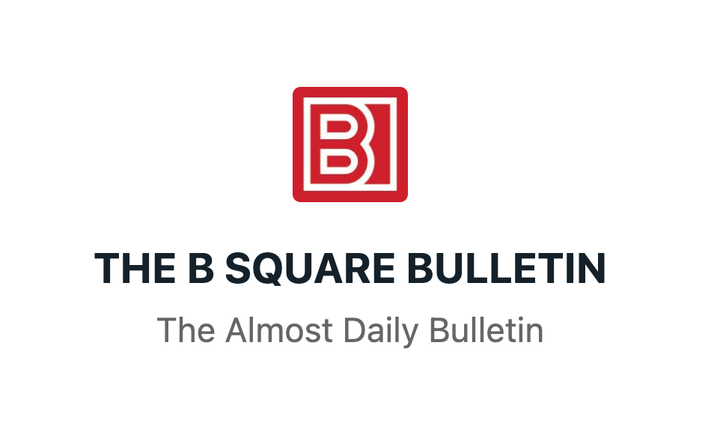Bloomington plan commission mulls payment-in-lieu affordable housing incentives
Proposed changes to the affordable housing incentives in Bloomington's UDO are currently under discussion. A possible change would allow more lot coverage for owner-occupied units. The draft would also introduce a minimum project size, of 50 units, for use of the payment-in-lieu option.


Proposed changes to the affordable housing incentives that are included in the city’s Unified Development Ordinance (UDO) have been mulled by Bloomington city planning staff and the plan commission for 10 months now.
A draft ordinance change presented to Bloomington’s plan commission on Monday night would allow more lot coverage for owner-occupied units. The draft would also introduce a minimum project size, of 50 units, for developers who want to use the payment-in-lieu option.
The idea of the payment-in-lieu option is that a developer does not build affordable units onsite in order to receive the incentives, but rather pays money into a fund, which the city then uses to support affordable housing in other locations.
The calculation of the required amount to be paid is not a part of the UDO—it’s spelled out in the planning department’s administrative manual. The calculation is also proposed to change, increasing the amount that developers would pay, in order to receive the affordable housing incentives.
The plan commission’s work stems from a recent city council resolution initiating a process to amend the UDO’s incentives for developers to build affordable housing. The recent resolution was a re-start of a process that began with a resolution passed in late November of 2024. The city council had to restart the process, because the plan commission did not hit the state zoning code’s twin 60-day deadlines for holding a public hearing and taking a vote on the proposal.
At Monday’s regular meeting of the plan commission, no vote was taken on the proposal that is currently in front of the group. The commission will take up the issue again at its November meeting. The plan commission could vote on it in November, and send it to the city council with a recommendation—either to adopt or reject. The plan commission also has the option to send an ordinance to the city council without a recommendation.
It was Bloomington’s assistant planning director, Jackie Scanlan, who gave the presentation to the commission on Monday night.
The concept of “affordable” is defined in the UDO in two different eligibility requirements—Tier 1 and Tier 2. Under Tier 1, a project qualifies if at least 60% of the building’s total floor area is used for housing and at least 15%of the units are permanently set aside for households earning less than 120% of the area median income as defined by the U.S. Department of Housing and Urban Development (HUD).
Under Tier 2, the same 60% residential requirement applies, but affordability is split between two groups: at least 7.5% of the units have to be reserved for households making less than 120% of the area median income, and another 7.5% for those earning below 90% of that income.
UDO change: Impervious surface coverage change
A part of the draft ordinance would change one of the incentives. The change to the UDO would allow developers to cover more of their lots with buildings or pavement, that is, impervious surfaces—if they build affordable homes that are also owner-occupied.
Currently, the amount of lot coverage allowed varies by zoning district, typically between 30% and 50%. The new proposal would let qualifying projects cover up to 80% of a lot, which would make it easier to build more or larger homes on smaller lots. That’s intended to help organizations like Habitat for Humanity maximize the use of land for affordable homeownership.
UDO Change: Minimum project size for payment in lieu
Another proposed change to the city’s Unified Development Ordinance (UDO) would set a minimum project size for developers who want to use the payment-in-lieu option. Instead of building affordable units on-site, developers can pay into the city’s housing development fund.
Under the new rule, only projects with more than 50 units would be eligible to make the payment, rather than providing affordable units directly. The change is meant to encourage more on-site affordable housing in smaller developments.
Admin Manual Change: Payment-in-lieu calculation
Separately, the planning department is proposing to change how the payment-in-lieu amount is calculated—which is handled in the department’s administrative manual, not the UDO itself. The general idea is that the payment should approximate the cost of building the number of units that are required for the UDO incentive. The new formula would:
- Increase the percentage of units used in the calculation from 15% to 30% of the total project—that’s without changing the percentage of units required for the incentive, which would remain at 15%.
- Base the calculation on number of dwelling units instead of number of bedrooms, and raise the base payment from $30,000 to $50,000 per unit.
- For units with four or more bedrooms, add $5,000 for each additional bedroom.
The change to the calculation is intended to make the payment-in-lieu option less attractive, pushing more developers to build affordable units on-site. But as Scanlan described it during Monday’s meeting, staff in the city’s Housing and Neighborhood Development (HAND) department have a preference for the payment-in-lieu option, as opposed to developer-built onsite units. One reason for the preference, according to Scanlan, is that the units are hard to track for compliance. Scanlan also indicated that the zoning commitments associated with some older projects did not deliver the intended outcome of occupied affordable housing units.
At Monday’s meeting, Stephanie LaFontaine, who is the affordable housing program manager for the city’s Housing and Neighborhood Development (HAND) department, raised a question about the proposed 50-unit minimum for the payment-in-lieu option. She asked why the threshold was set at 50 units, and whether it might still make sense to allow smaller projects to use the payment-in-lieu option—because increasing density and contributions to the housing development fund could benefit affordable housing efforts.
Housing development fund
Based on Indiana’s DLGF (Department of Local Government Finance) records, the balance at the end of 2024 for Bloomington’s housing development fund was $2,527,547.01
Based on the city’s online financial data, the total expended from the fund since 2018 is $2,093,637. The expenditures have supported projects by Union at Crescent, Bloomington Cooperative Living Incorporated, Summit Hill Community Development Corporation, Habitat For Humanity of Monroe County, Middle Way House, and SCIHO-Switchyard Apartments, among others.
The projects that have used the payment-in-lieu option were presented by Scanlan on a slide at Monday’s meeting. She gave the caveat that the information she’d pulled together for the slide was not necessarily definitive, but is the best information available right now.
Bloomington projects that used PIL option
PIL Amount
Bloomington’s plan commission generally meets the second Monday of the month.




Comments ()